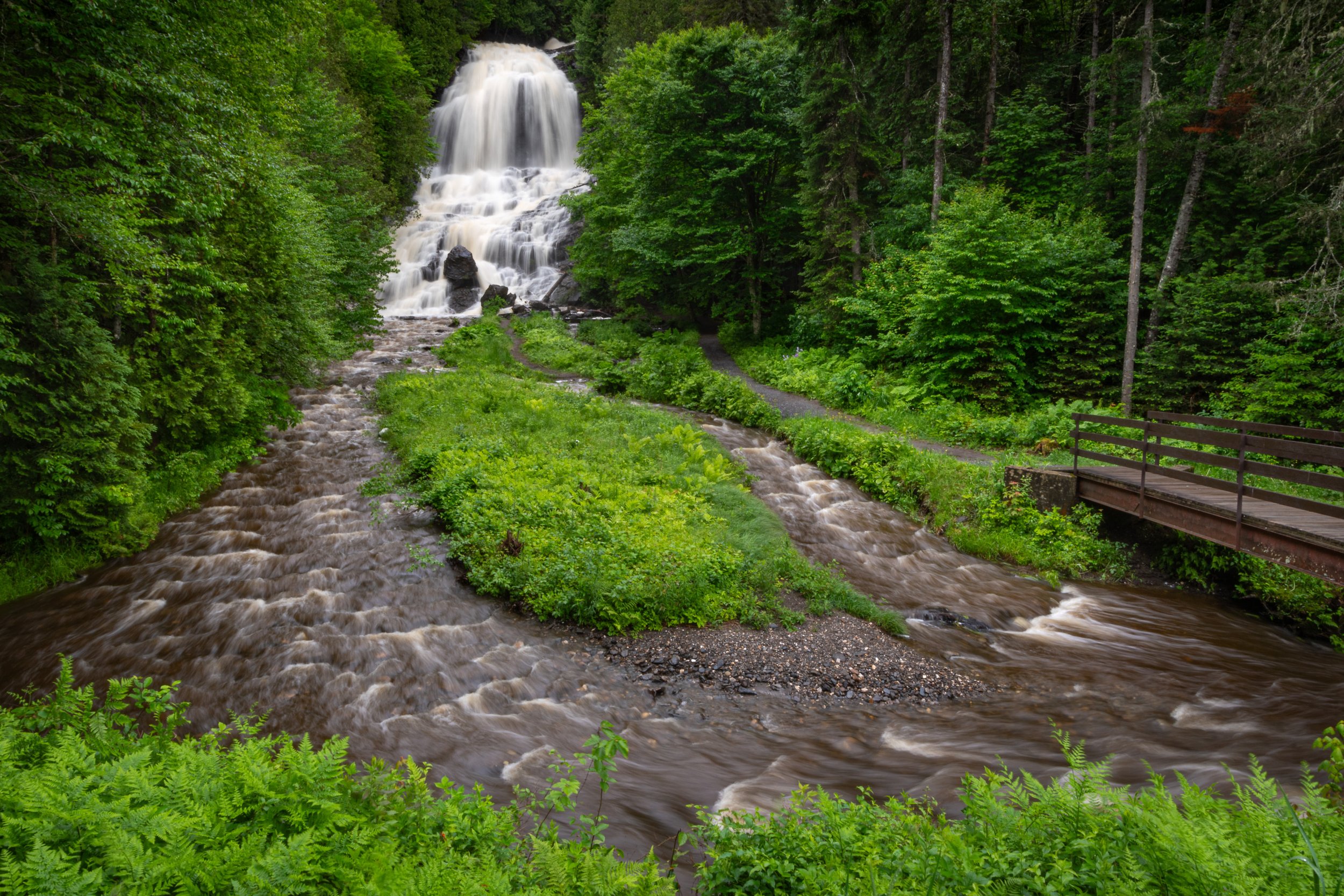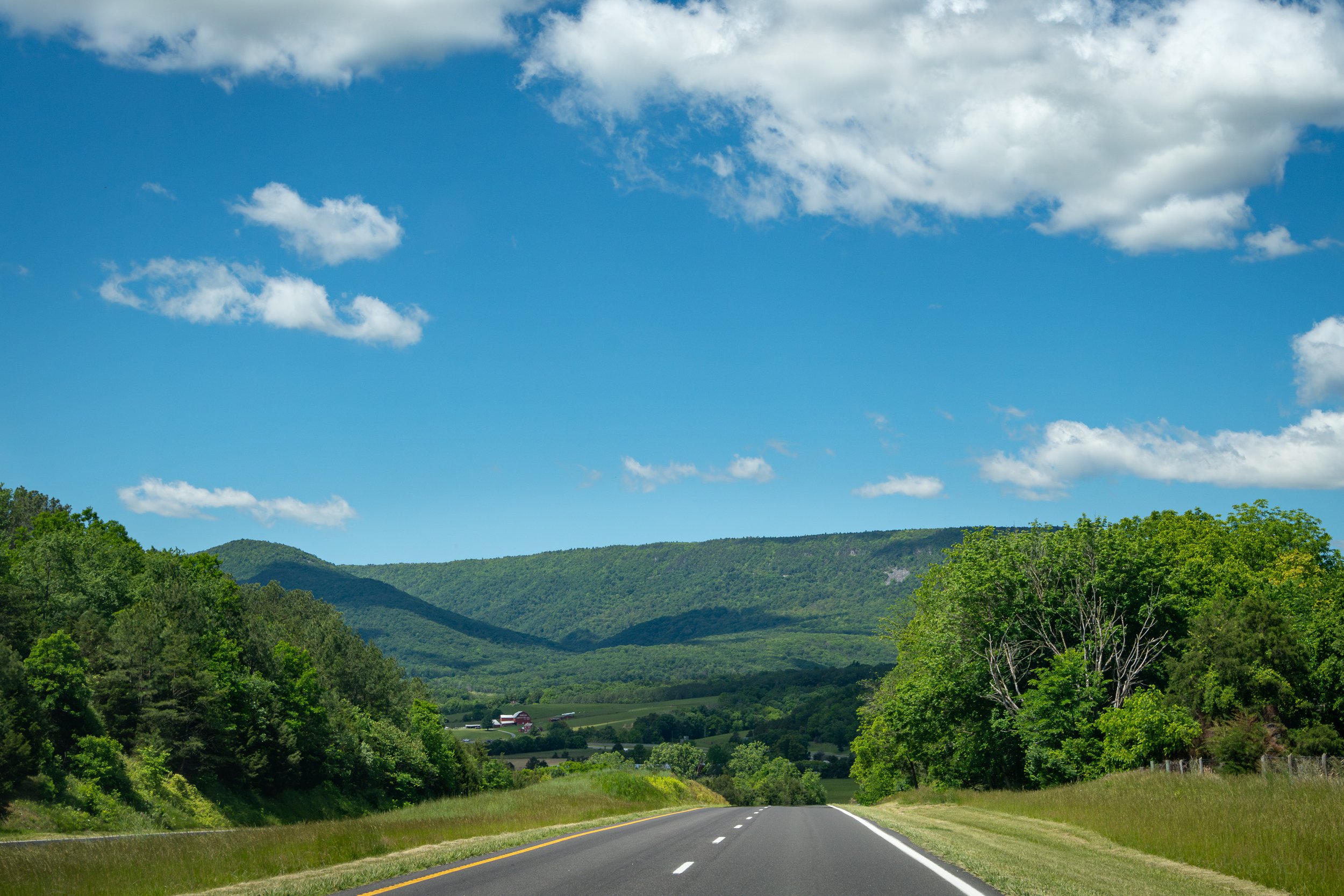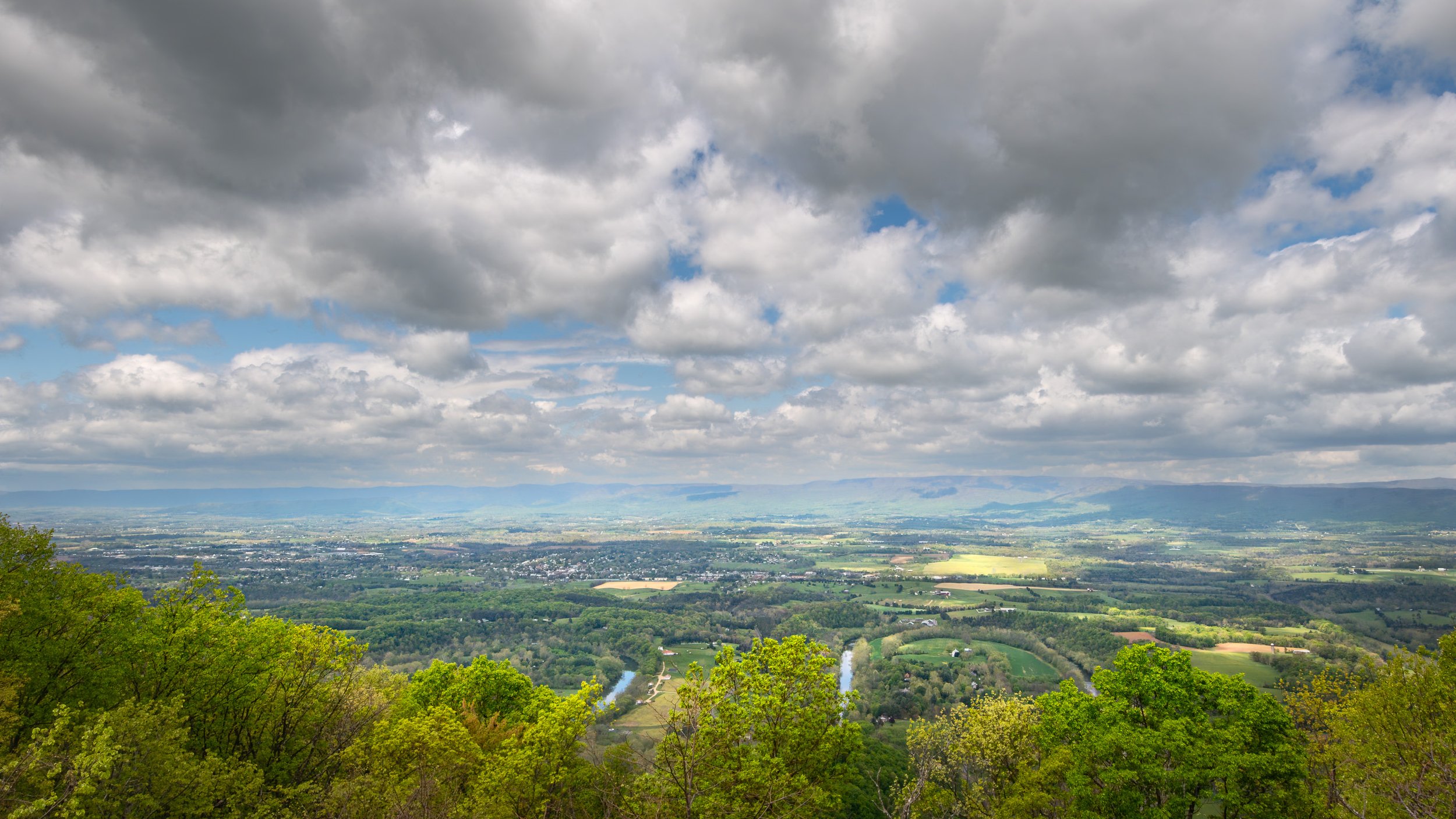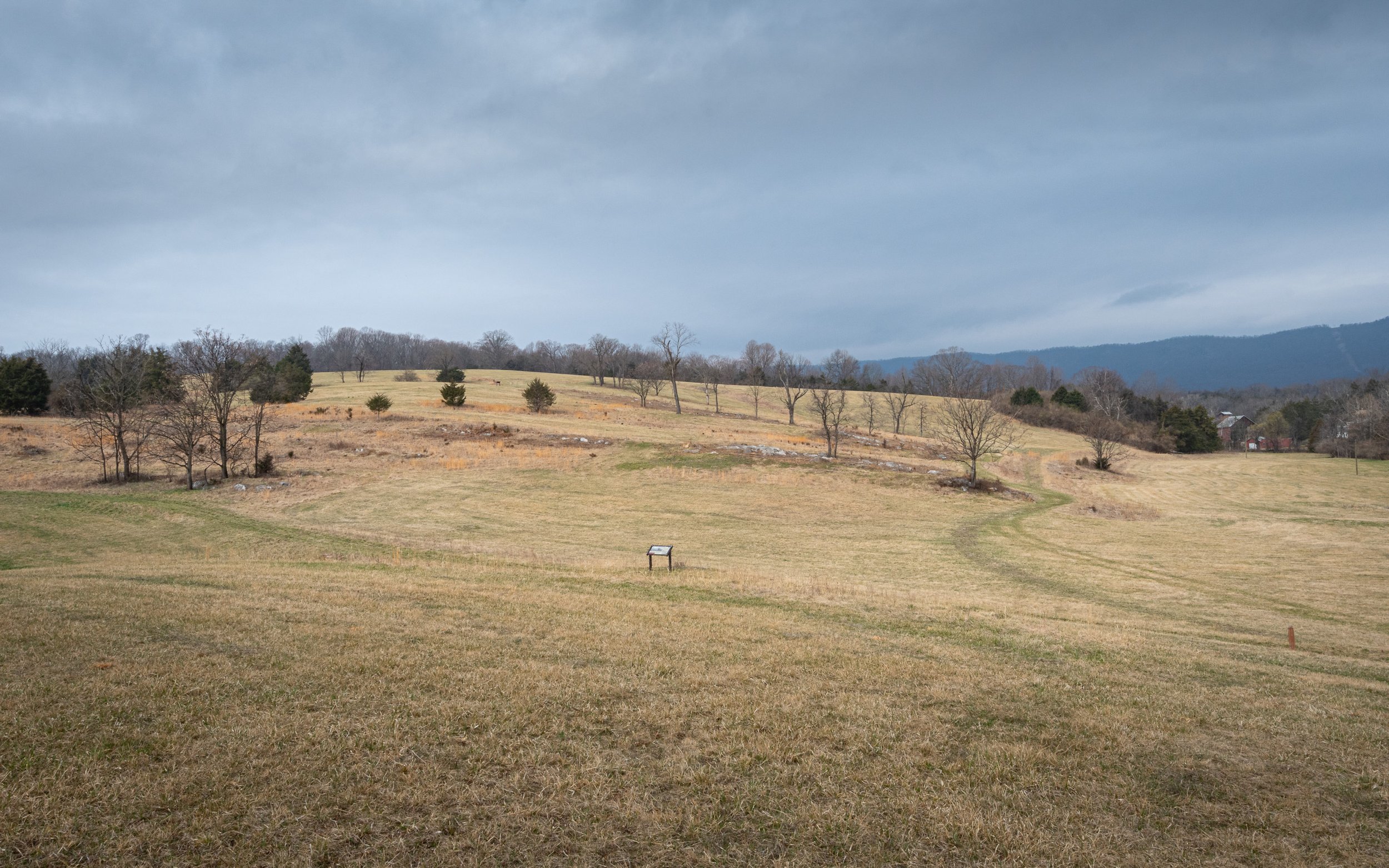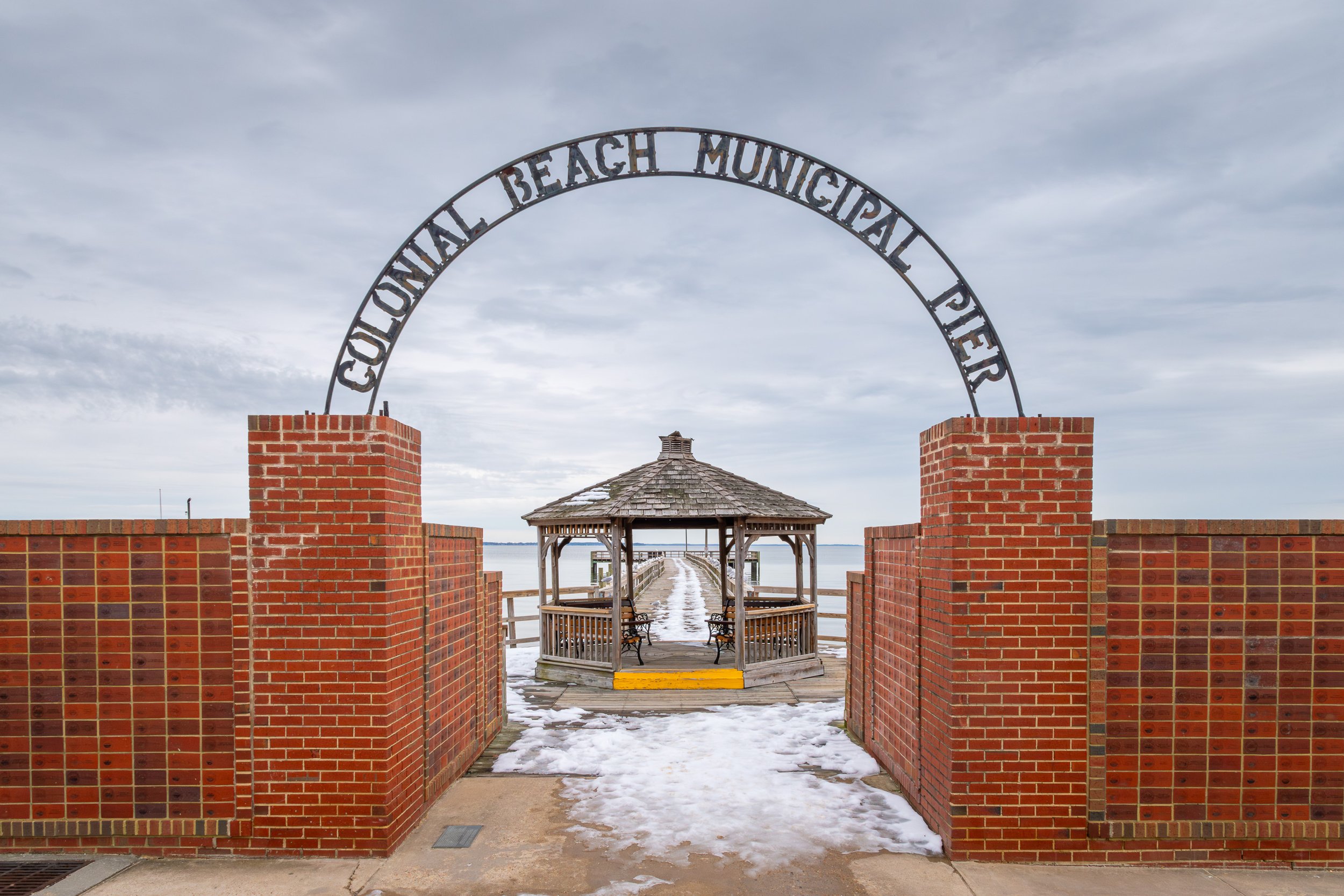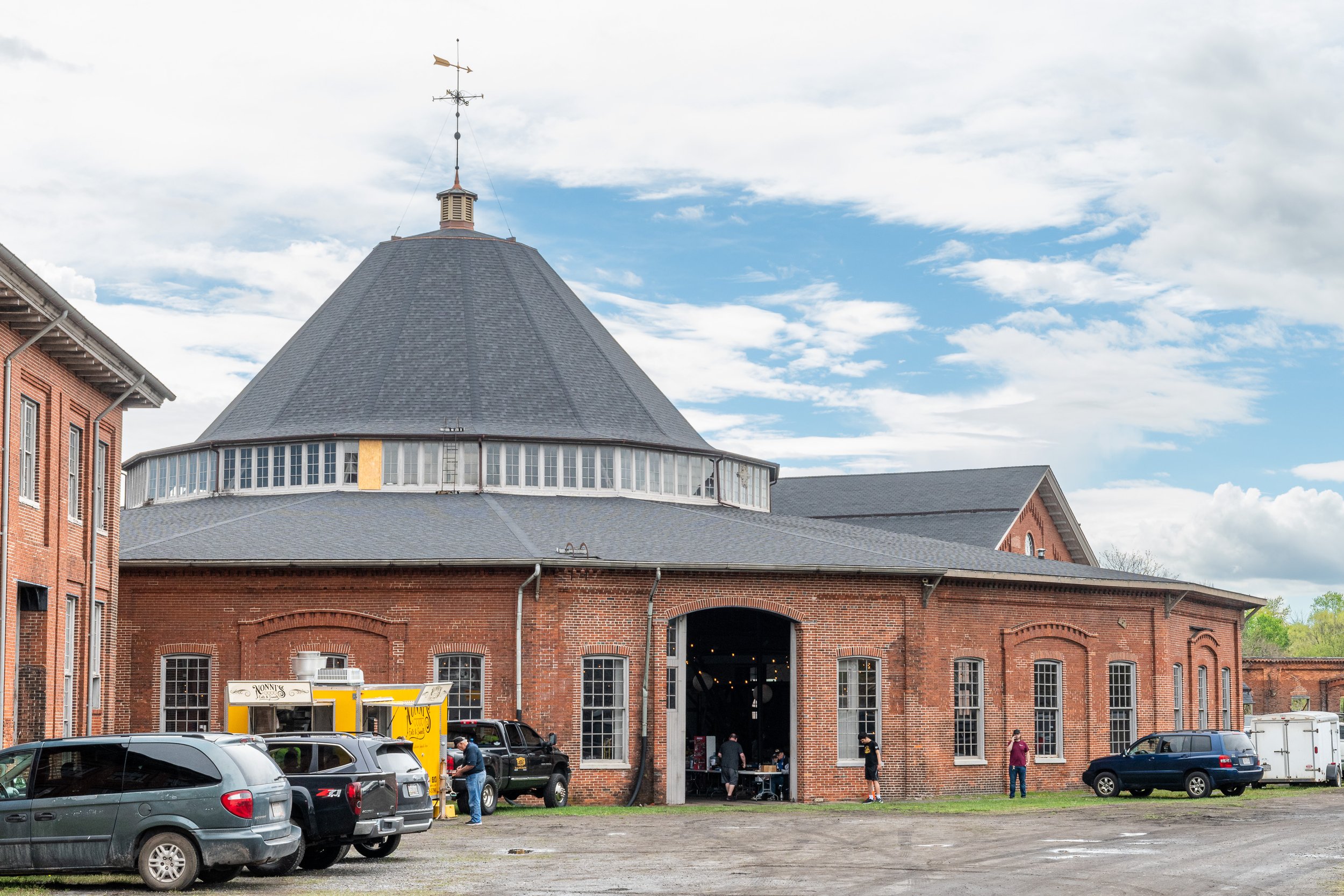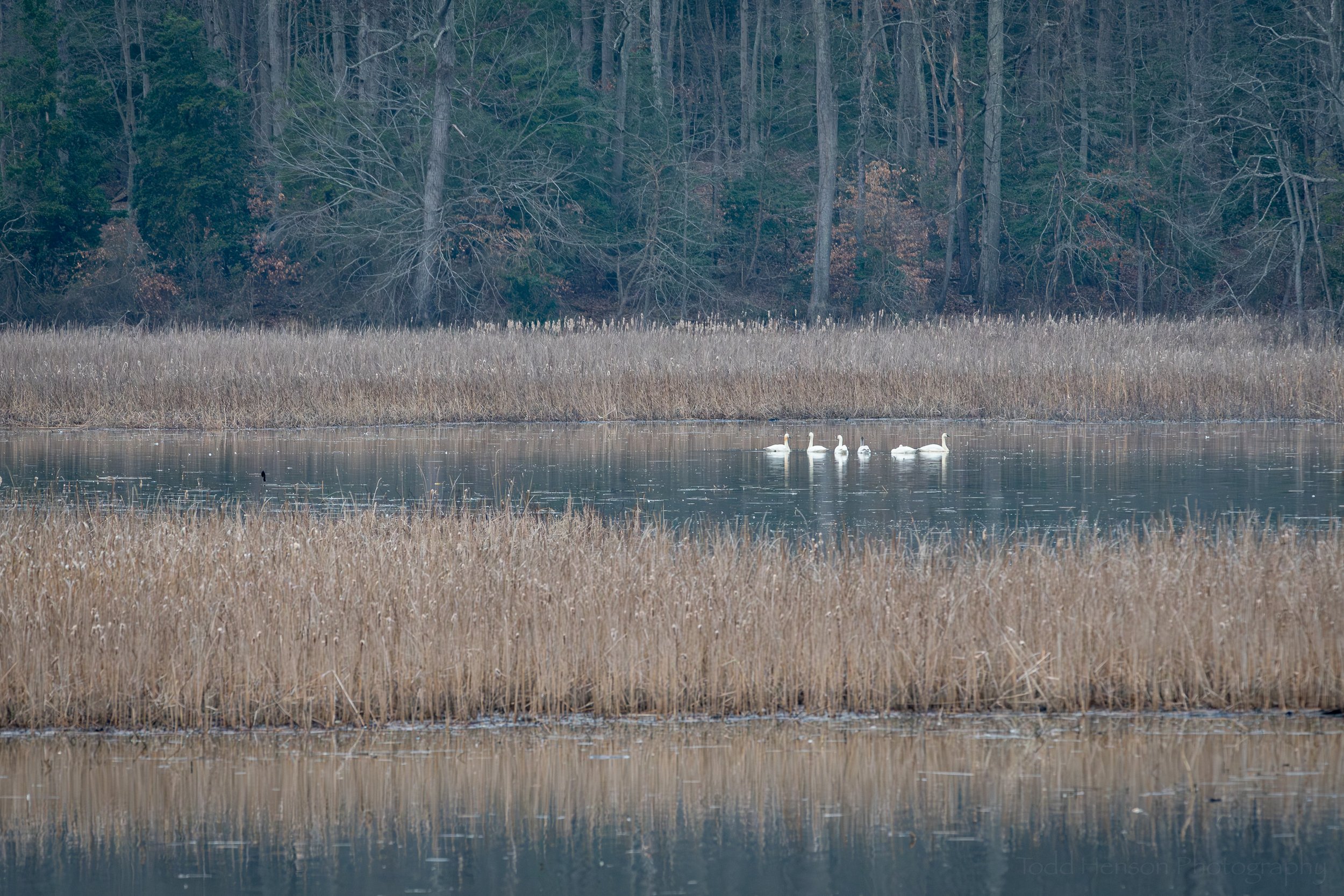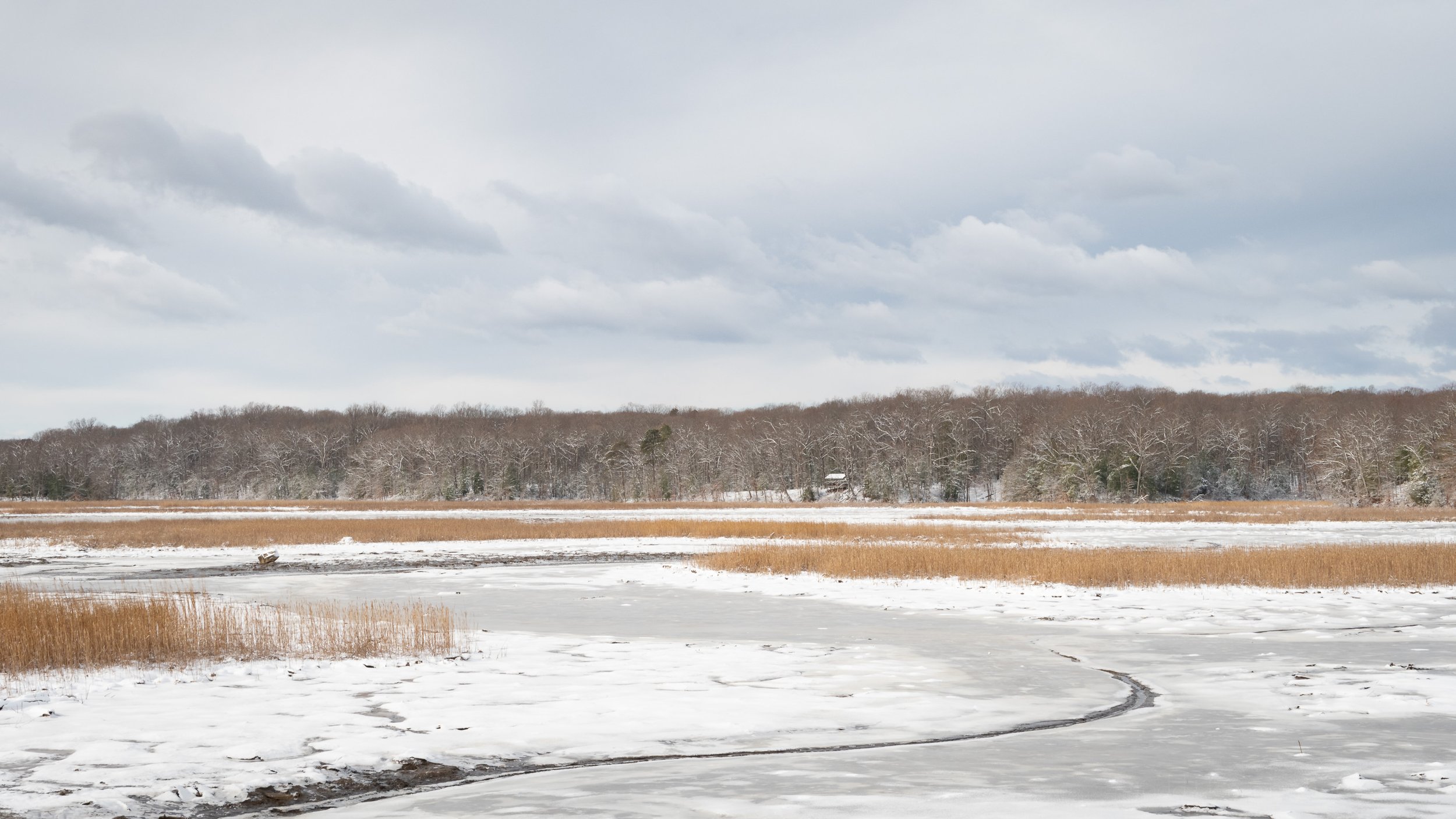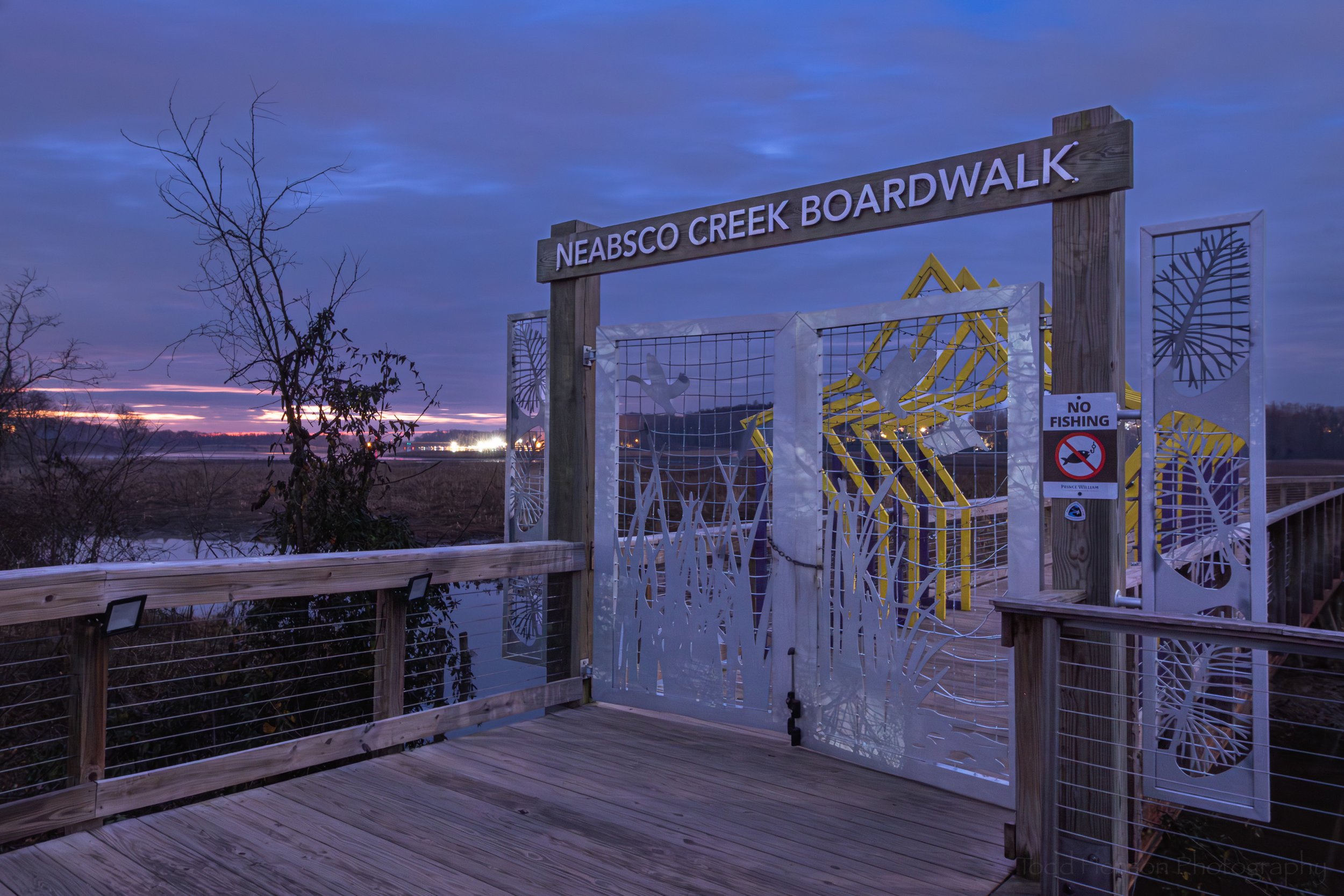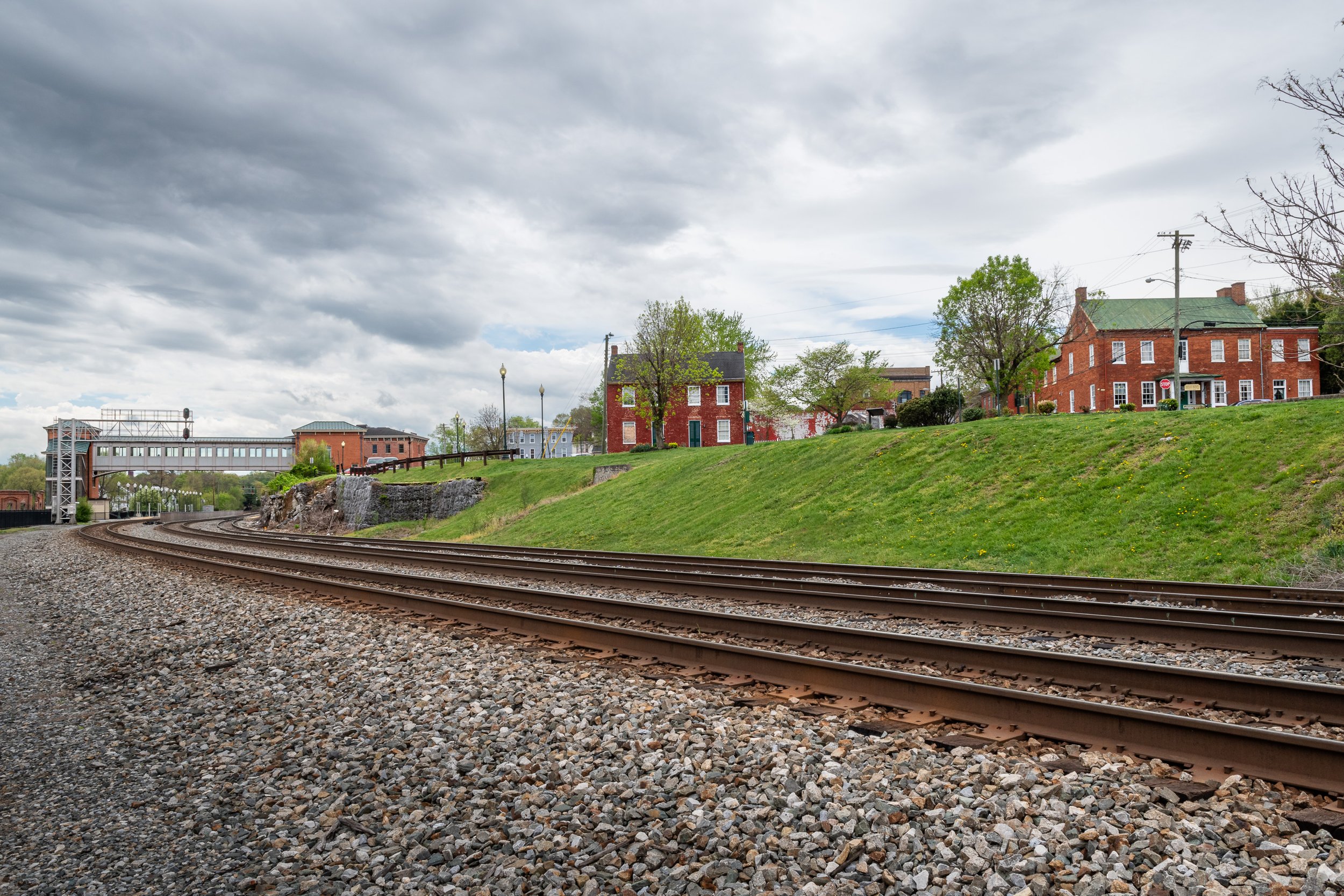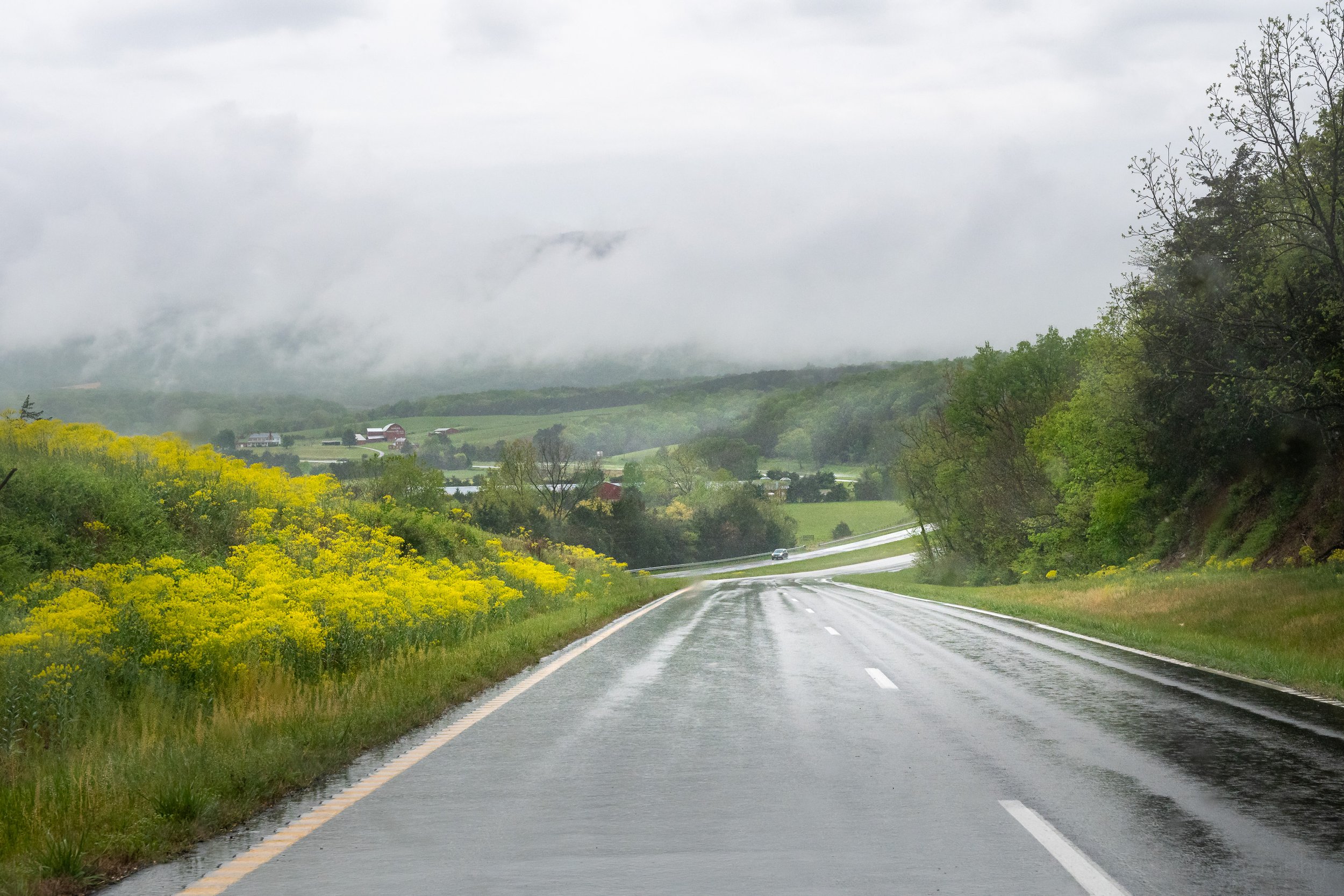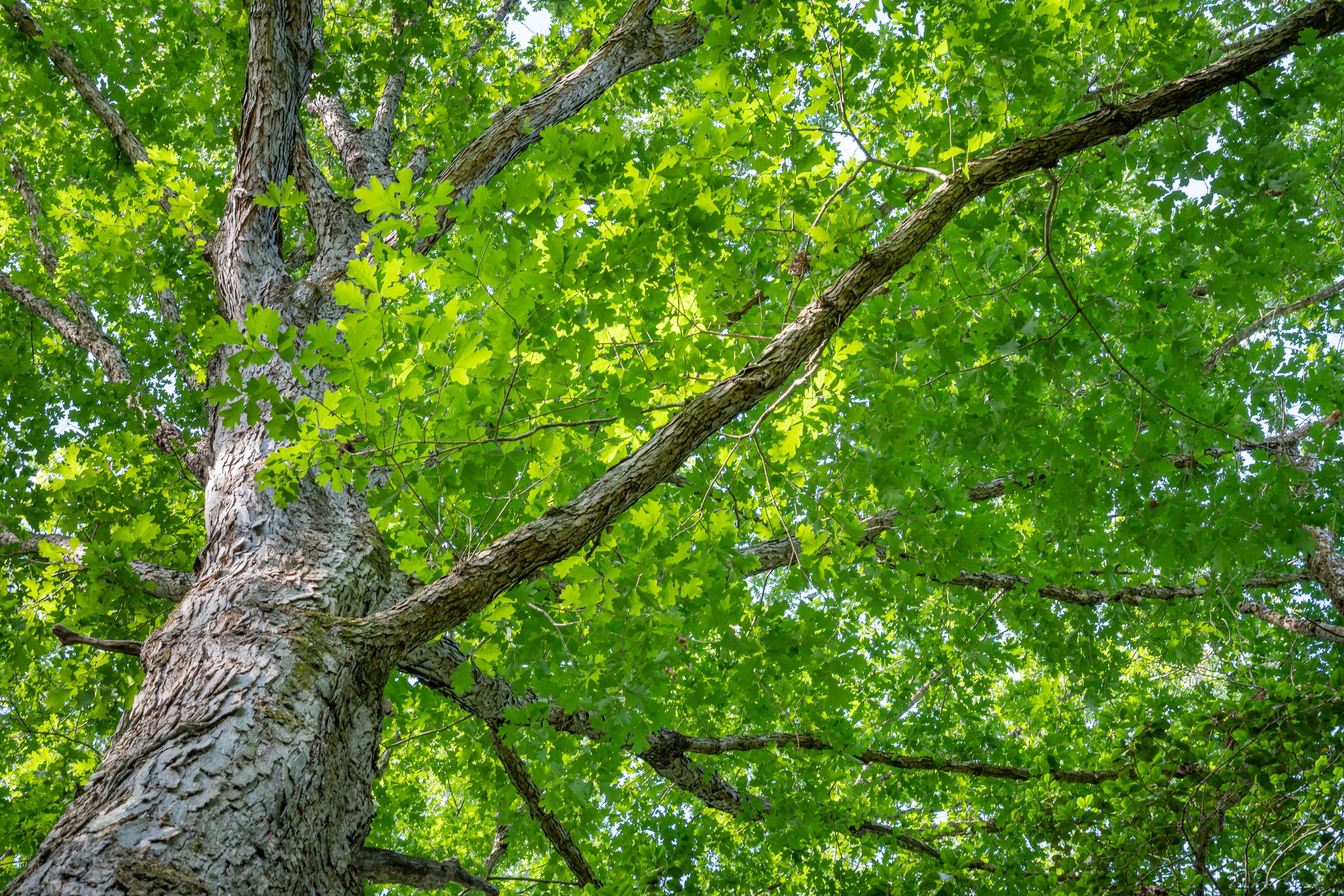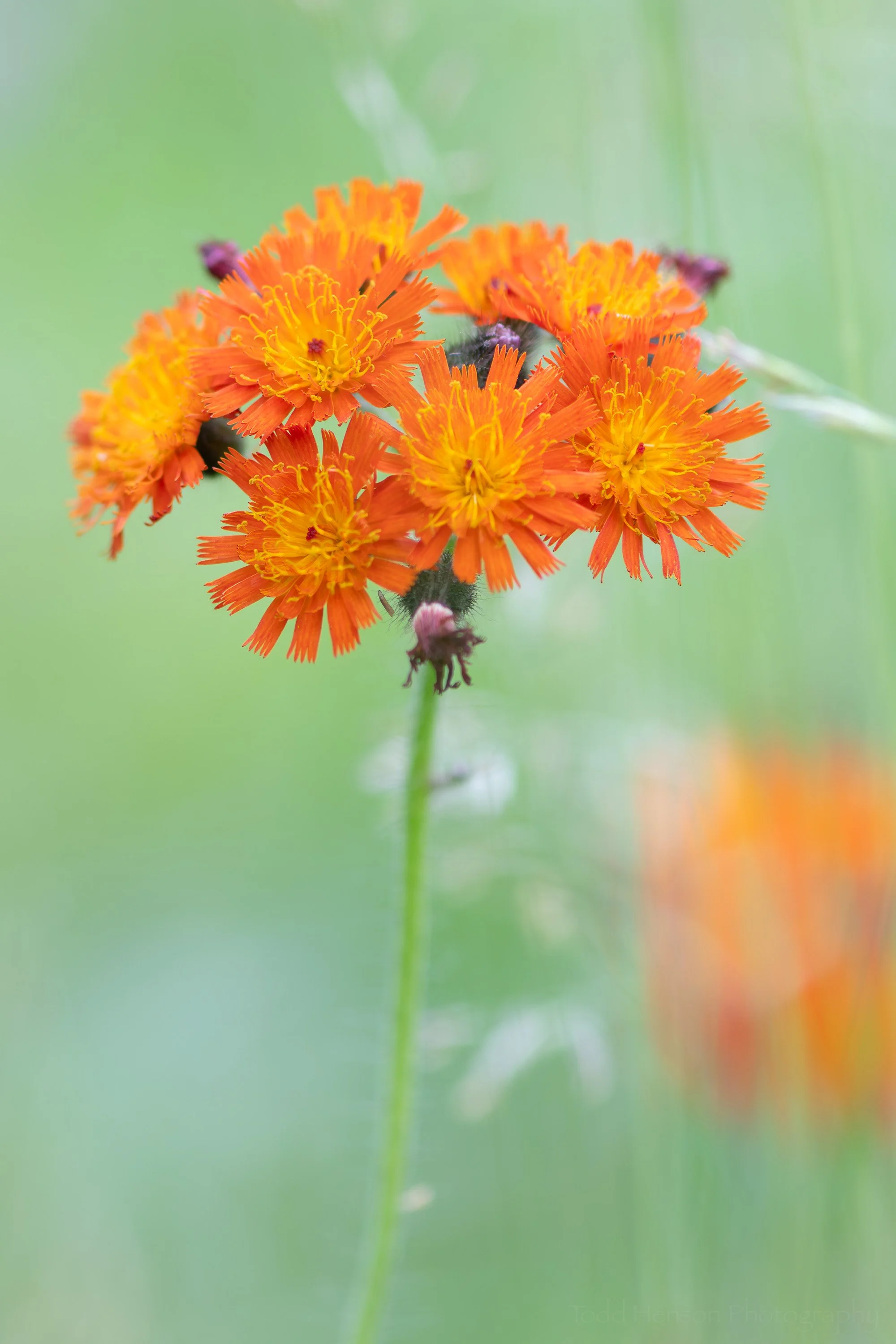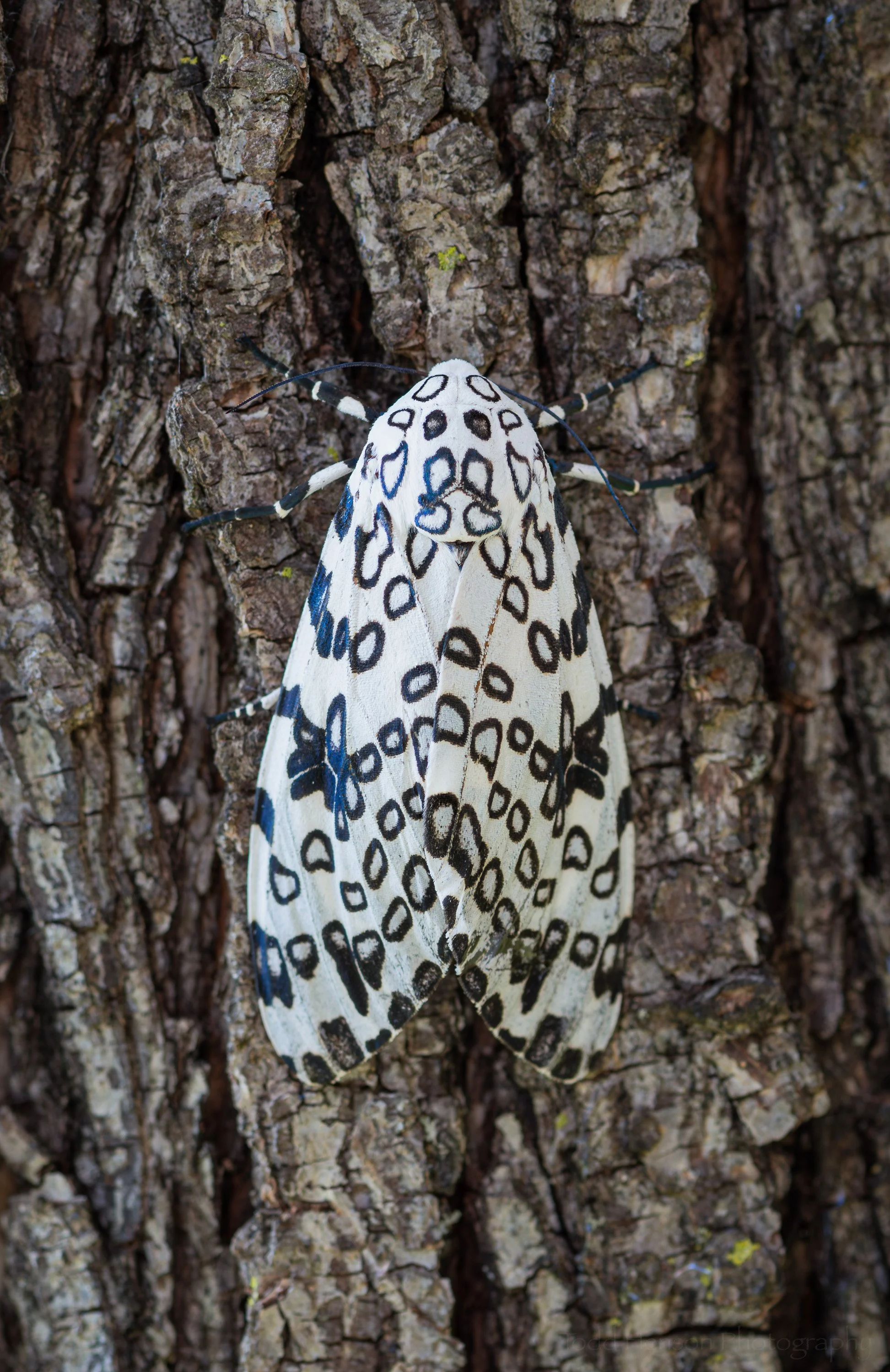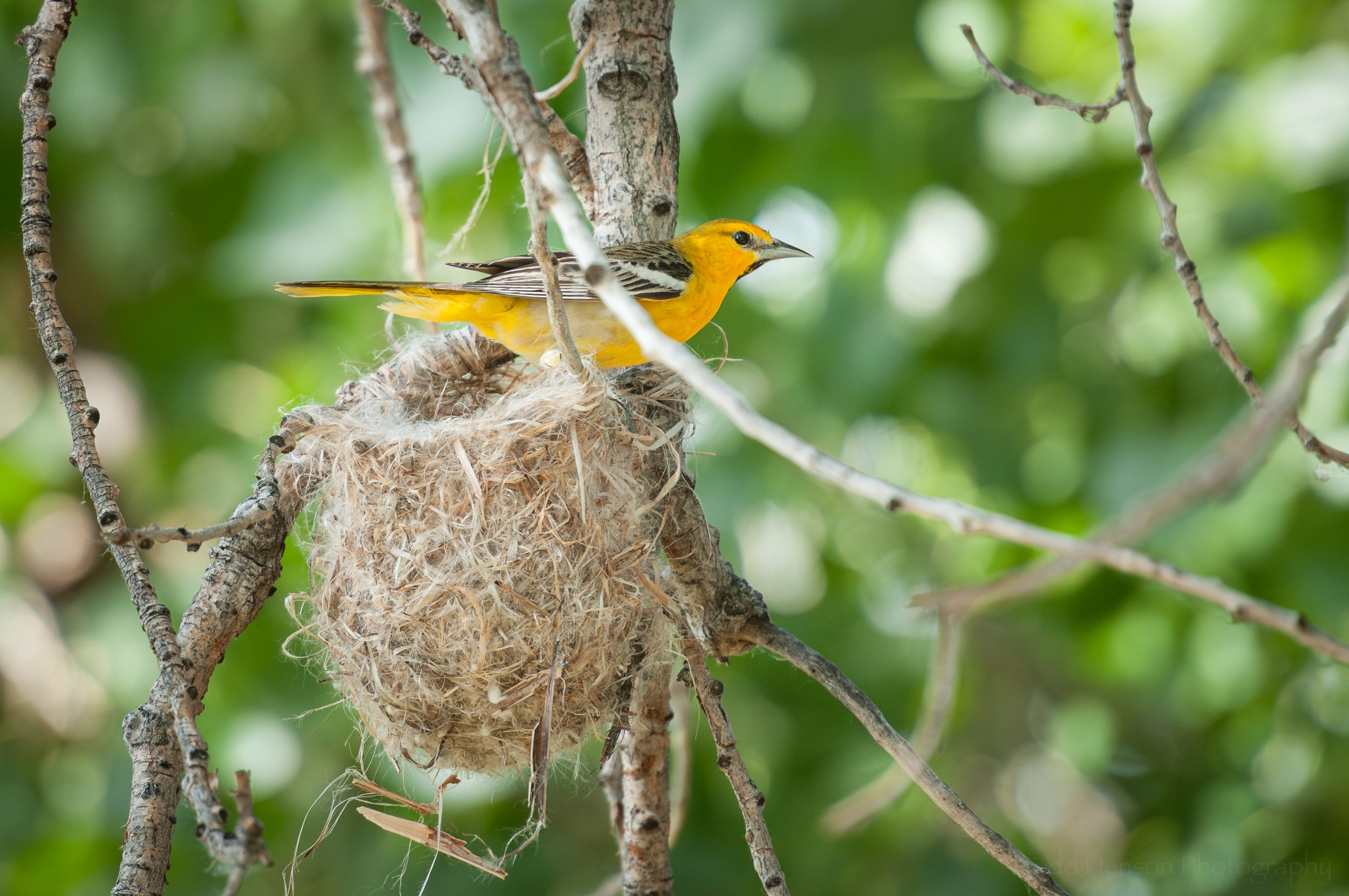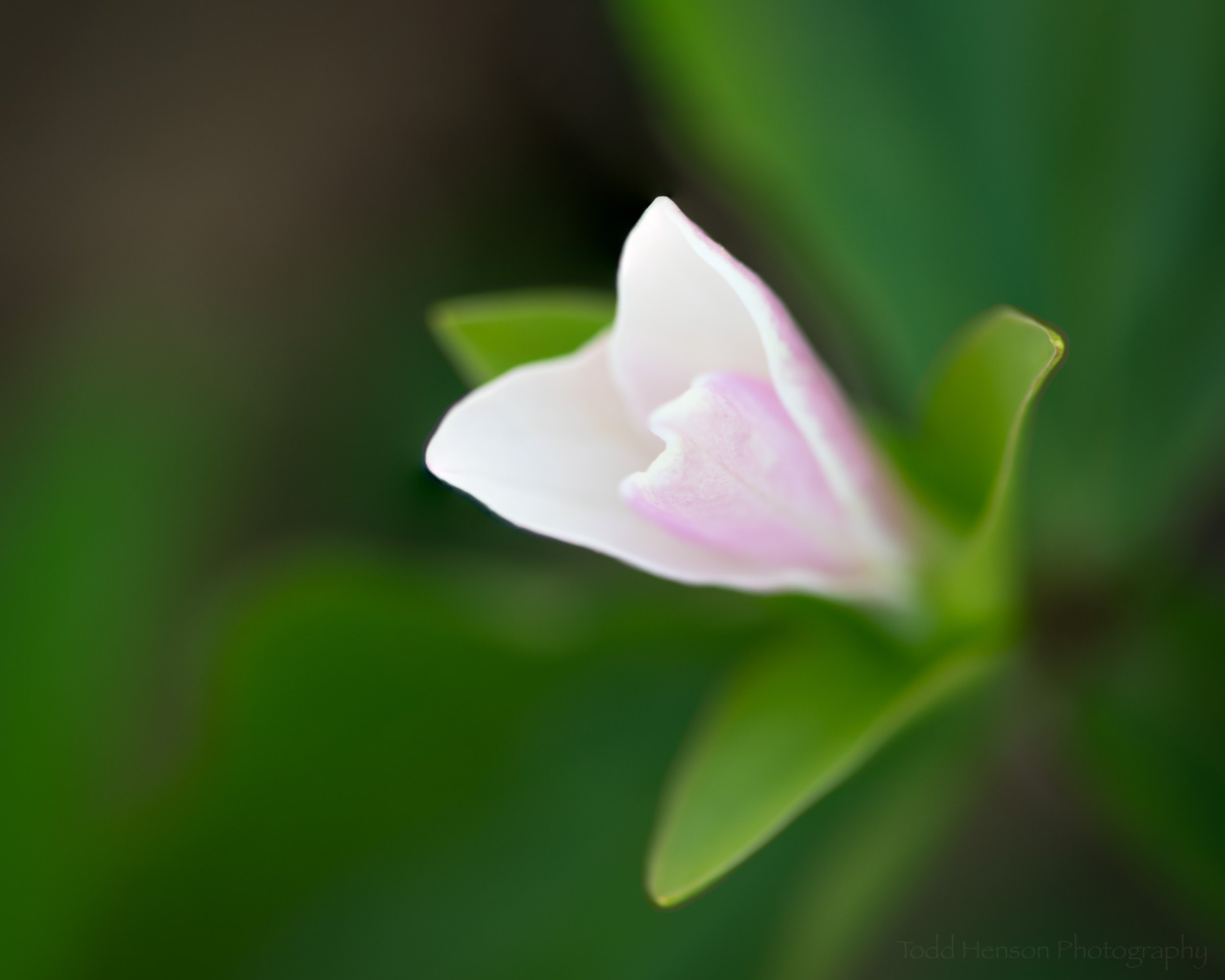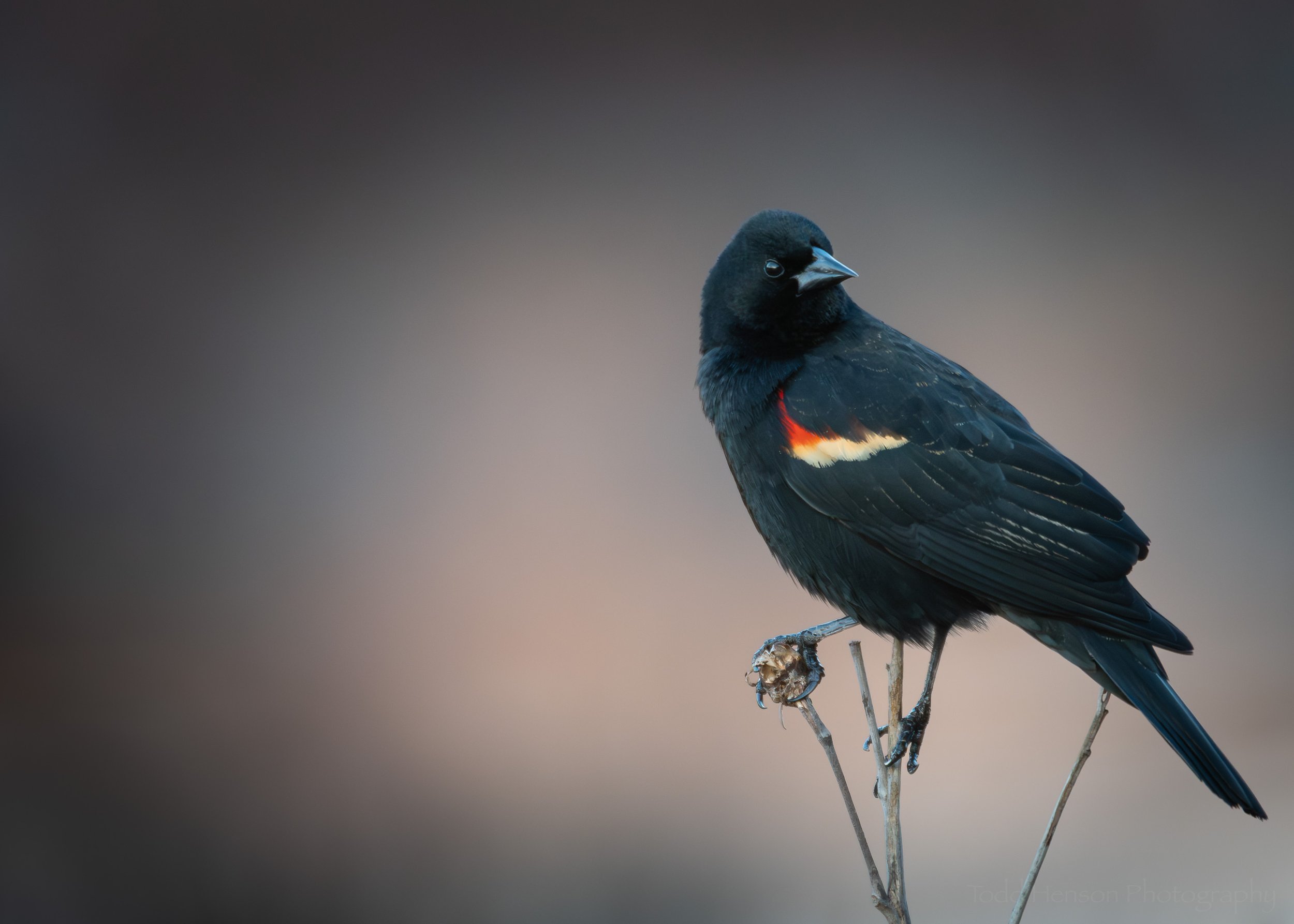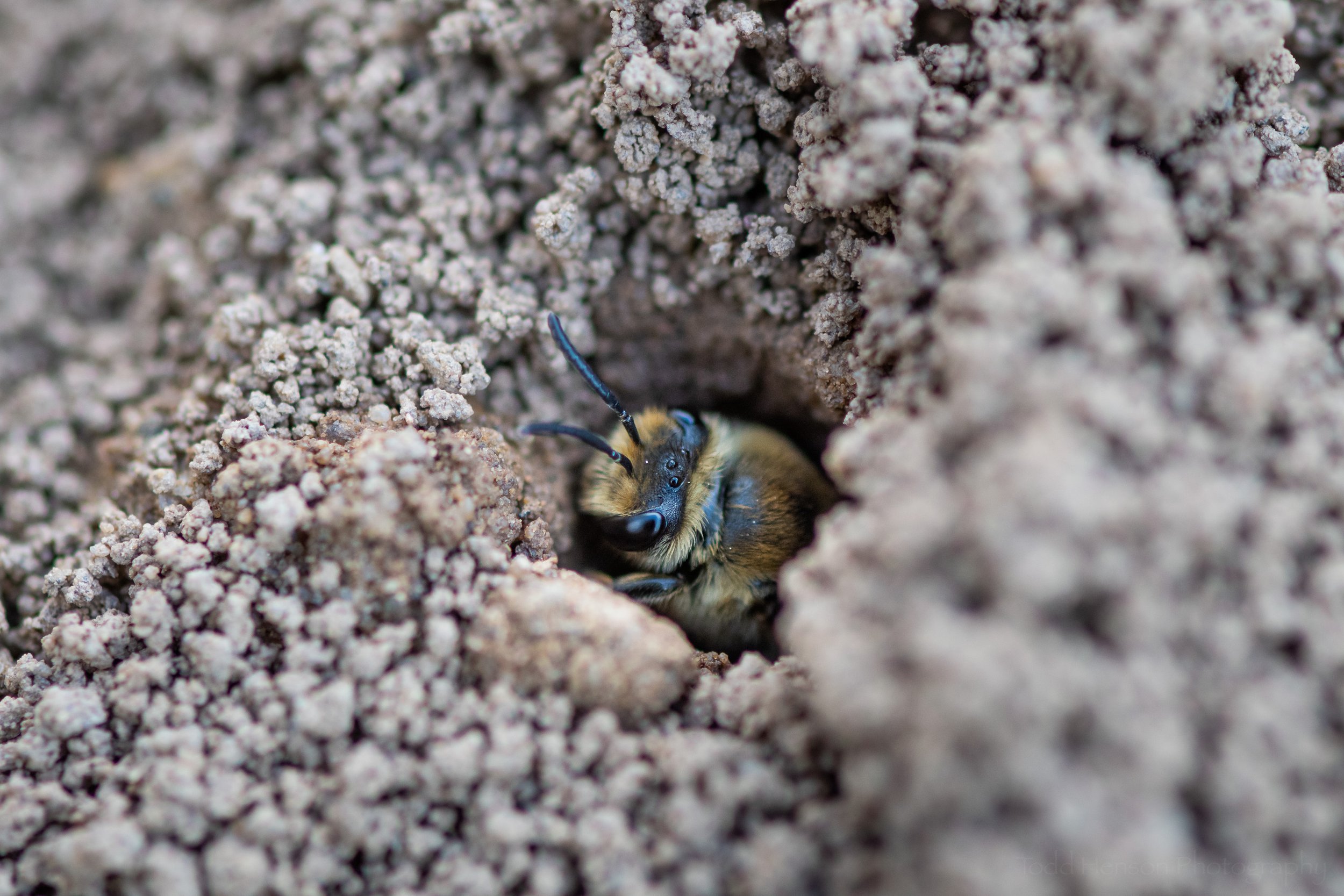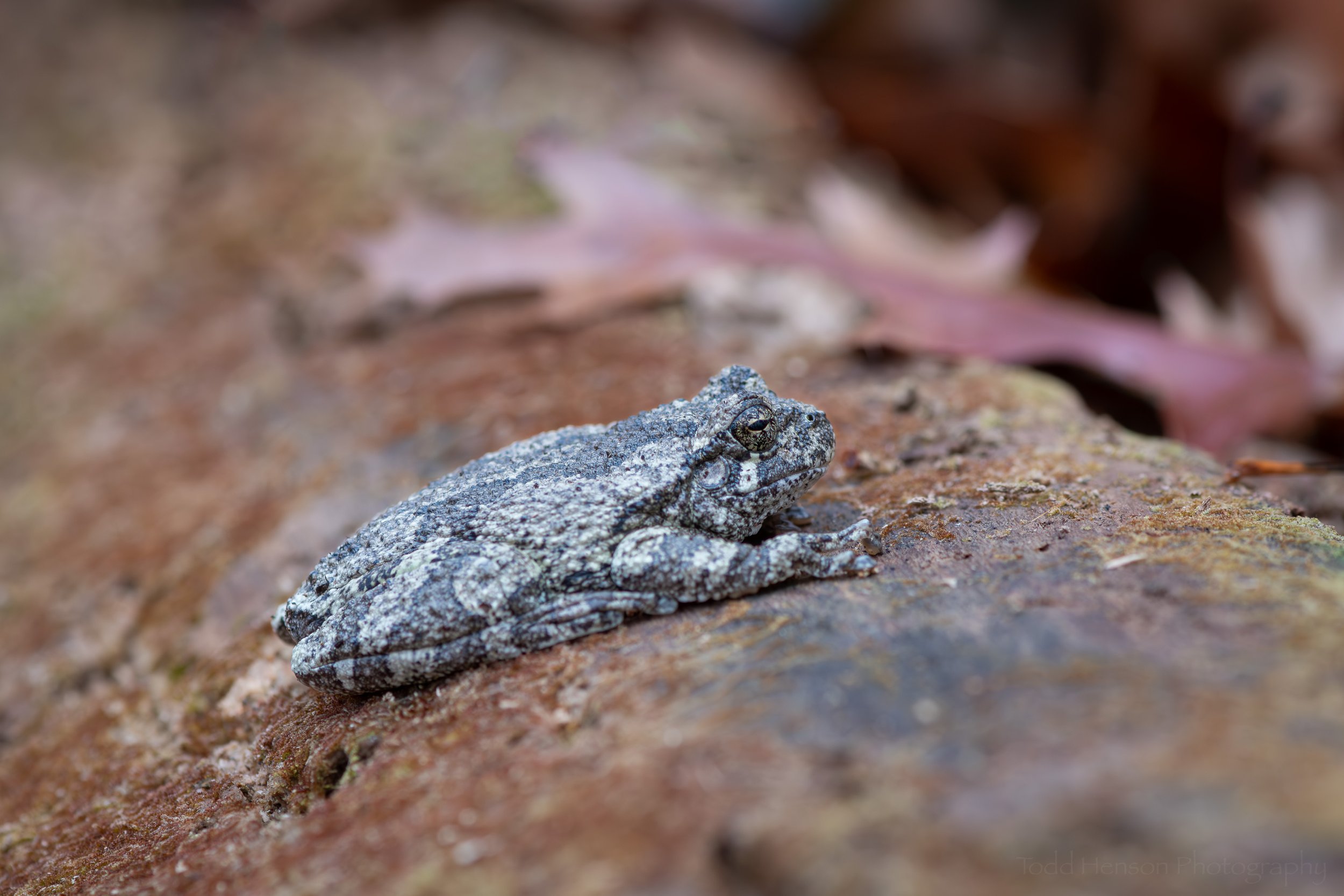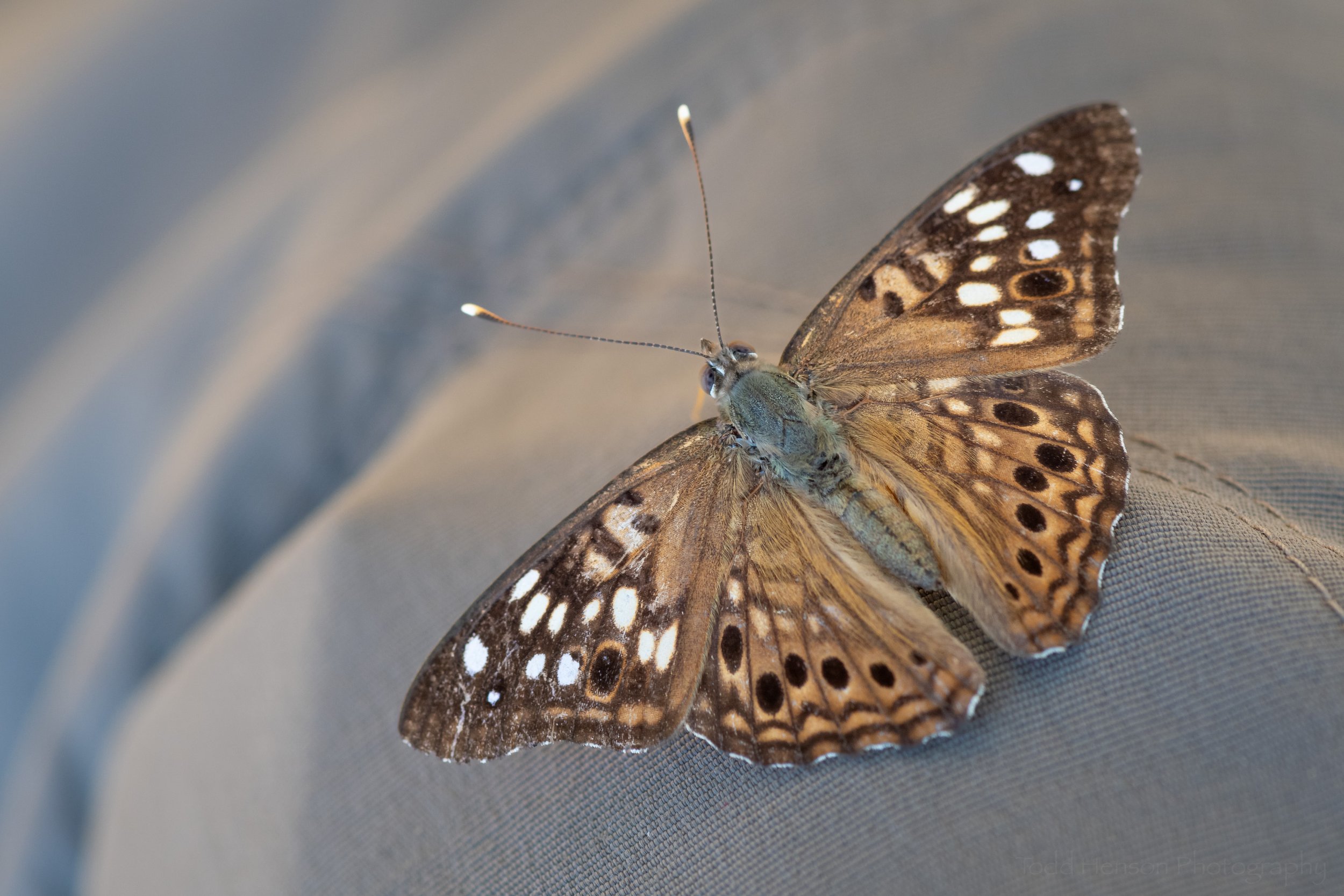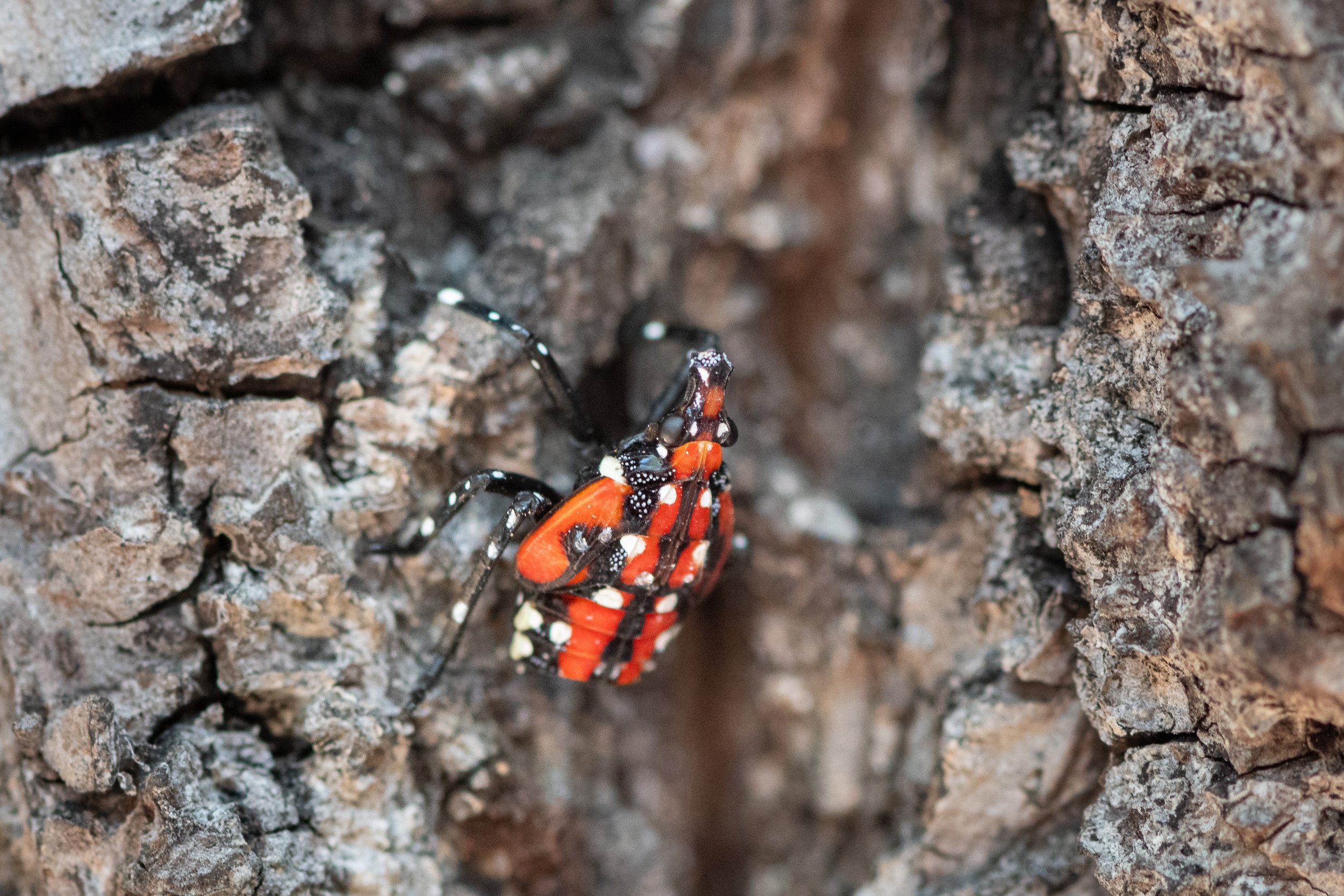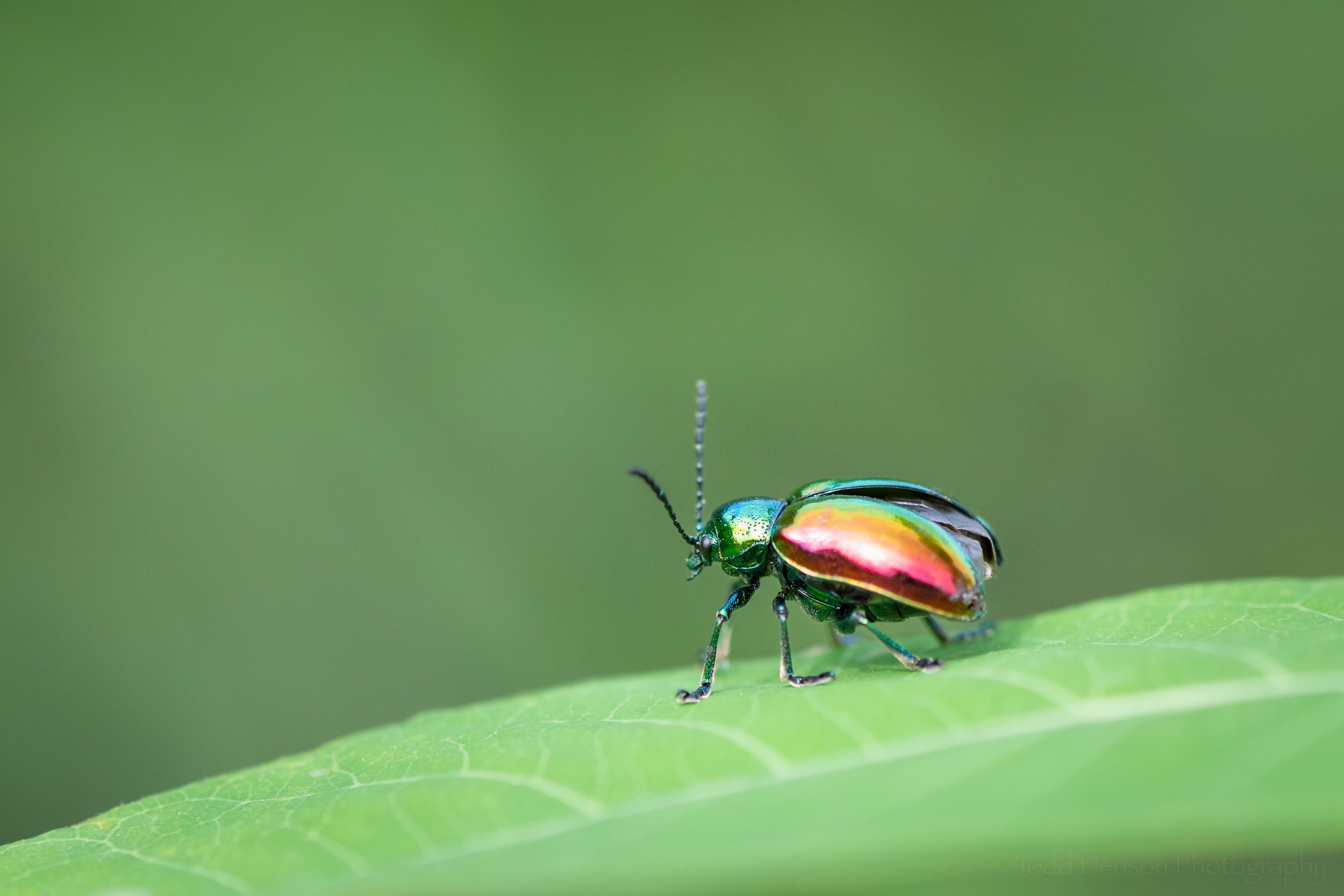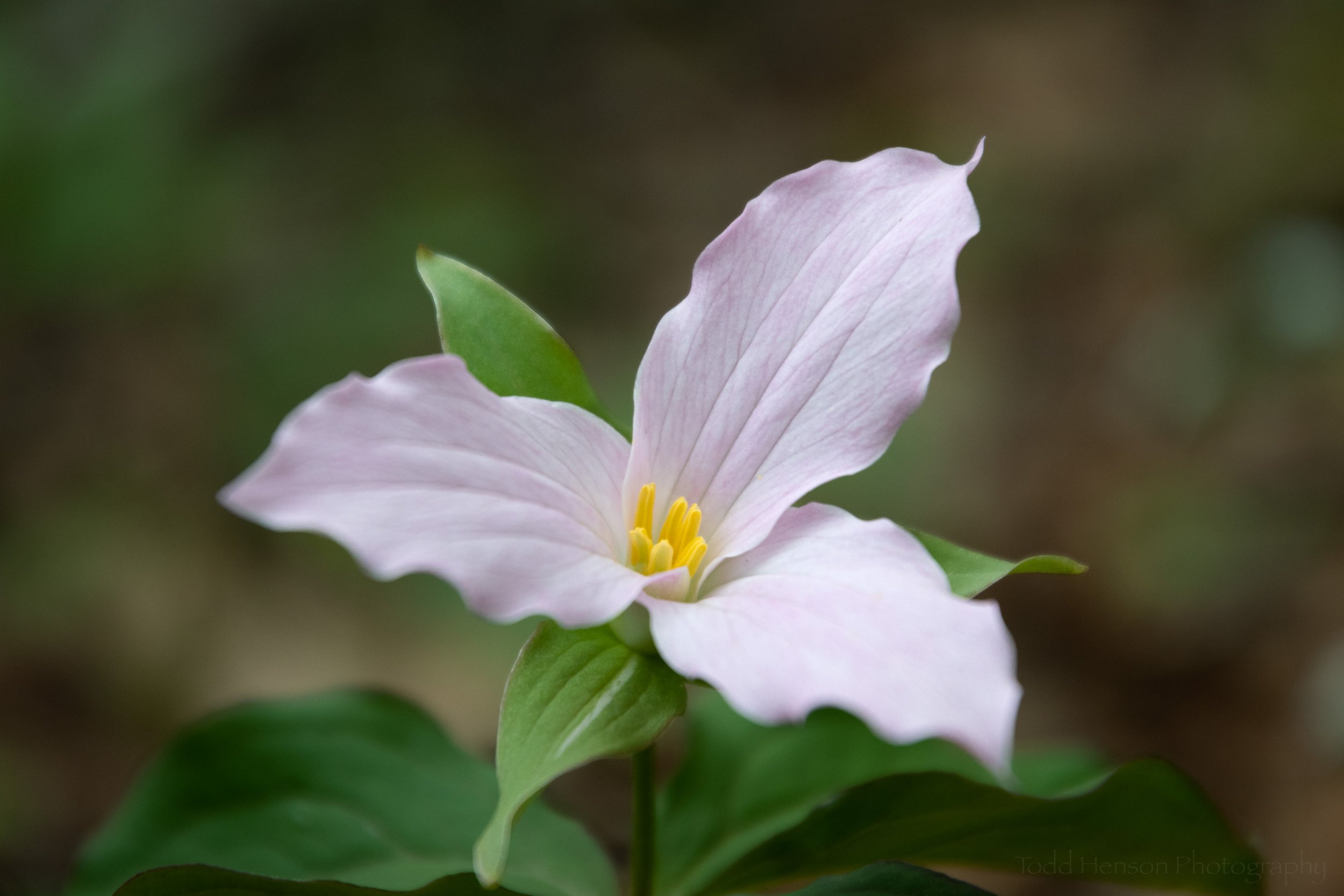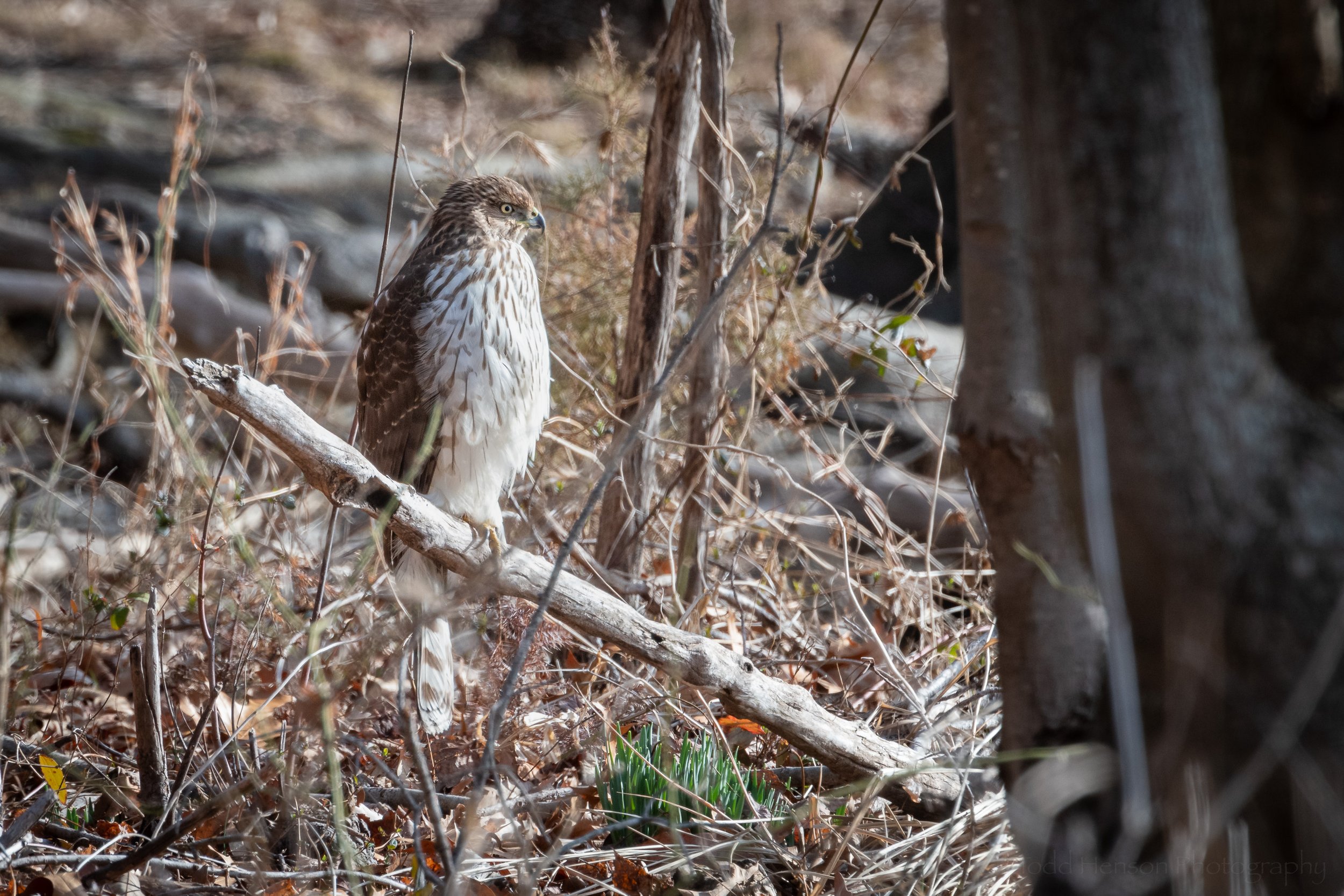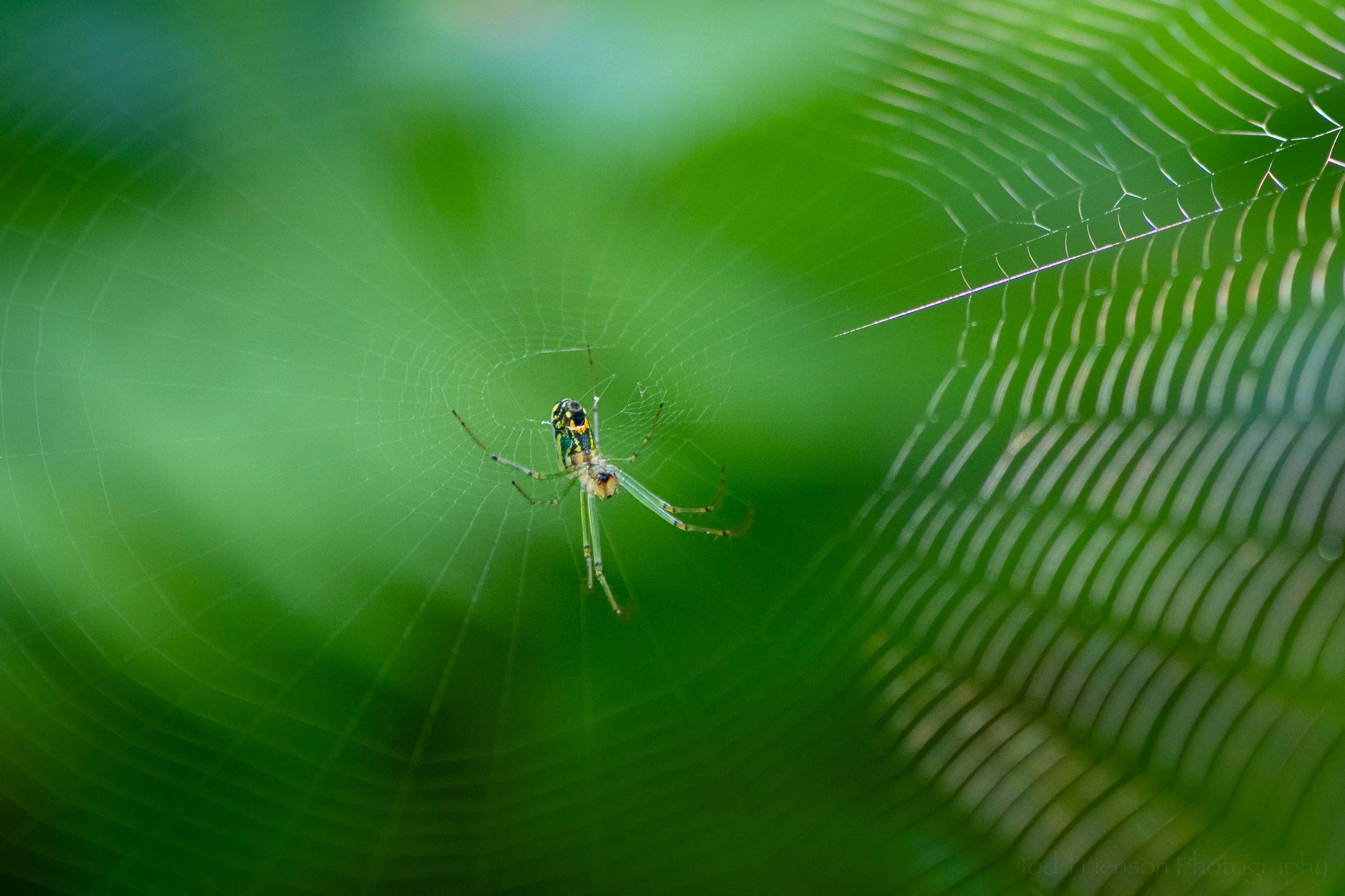Main Street, Lancaster, New Hampshire
In June of 2025 my father and I spent some time back in Lancaster, New Hampshire. He grew up there and I recall visiting many times throughout my youth, so it’s always interesting to return to the town and see how much it continues to change over the years. And though it is very different from what it once was, it still retains much of the look and feel I recall from younger days. Originally chartered in 1763, it appears to be thriving today and successfully adapting to the times.
Main Street
Crossing the Israel River in Lancaster, New Hampshire
Both photos above are of Main Street, Lancaster. The first is a wide view facing the bridge over the Israel River. The yellow building on the left is now home to The Yellow Deli, a new location to us and one with fantastic sandwiches (I had the best salmon sandwich I’d ever tried there).
Continuing down the left side beyond the nearest side street is the old bank building (Lancaster National Bank) with the vertical “Lancaster” sign that now houses the Copper Pig Brewery, the W. M. Rugh Gallery and possibly more. Just beyond that, over the Israel River bridge is the Masonic Lodge. The yellow building on the right side used to have a great candy store downstairs, S.N. Evans, though it’s now vacant, and my father’s family lived just upstairs. I have lots of great memories in that building heading down to the candy store.
The second photo is facing the opposite direction from atop the Israel River bridge. You can see the old bank building with the brewery on the right side, and my father’s house the second building on the left. The town has managed to retain the classic “old town” feel even as old businesses close down and new ones move in.
Mechanic Street Covered Bridge
Historic Mechanic Street Covered Bridge
If you drive past the old bank building, over the Israel River bridge, and turn left on Mechanic Street, you can see Lancaster’s beautiful red Historic Mechanic Street Covered Bridge, which also crosses over the Israel River. It originally dates back to 1862 and is the last remaining of three covered bridges that once spanned the Israel. It’s interesting to note that as beautiful and iconic as it is today it was apparently a lesser bridge than the grander Main Street/Double Barrel Bridge also constructed in 1862. But being the last one standing it’s now much more appreciated.
Rialto Theatre
The Rialto Theatre
Returning to Main Street, and heading further into town you’ll find the Rialto Theatre, just visible in the first photo on the far right hand side. For the photo of the theatre I chose to give it that older monochromatic feel to go along with its age. The building it resides in was constructed in 1930 by Homer Graves and the Rialto Theatre opened its doors the next year. It’s fantastic to see it still in business and showing movies on Main Street.
William D. Weeks Memorial Library
The William D. Weeks Memorial Library
The Lancaster Public Library dates back to 1884, but it wasn’t until 1906 when John Wingate Weeks began construction of the beautiful building we see today, in memory of and named after his father, William D. Weeks. It opened to the public in 1908. And as the town grew so did the need for more books, so in 1999 they completed an expansion behind what you see here that tripled the size of the library.
Lancaster Congregational United Church of Christ
Lancaster Congregational United Church of Christ
The Lancaster Congregational United Church of Christ is one of many landmarks along Main Street. This building dates back to around 1911 and was rebuilt after a fire in 1910, from which they salvaged the original stained glass and organ. Looking further back in history, the previous building was constructed in 1840, and the church, itself, the first in Lancaster, dates to 1794.
The Old County Courthouse
The old county courthouse in Lancaster
The old courthouse is a grand building constructed in 1887. It replaced the previous 1869 courthouse that was lost in a fire in 1886. Over time the county outgrew this old building and in 1995 they razed the old Lancaster Academy & High School and in its place began construction on a new county courthouse. The old courthouse still stands though it’s privately owned and home to a credit union and other businesses.
Lancaster United States Post Office
The Lancaster Post Office
There’s something about post offices that draws my eye, especially when in an interesting building, and I quite like the one in Lancaster. It’s more recent than most of the other buildings mentioned, having been built in 1935. We drove by it on a stormy day and I chose to photograph it from within the car which resulted in the suspended rain droplets scattered across the photo. I like the look that creates.
Fuller’s Sugarhouse
Fuller’s Sugarhouse selling all things maple syrup
And finally, any trip to Lancaster, New Hampshire, wouldn’t be complete without a stop by Fuller’s Sugarhouse. A family-owned and operated business, they eventually grew enough to open a location on Main Street in 1998. They tap maple trees in the area and create several grades of maple syrup. Of course you can also find all kinds of other goodies in their store (maple syrup candy being a great one, loved those as a kid).
I hope you enjoyed this brief look at Lancaster, New Hampshire, both photographs of what it looks like as of June, 2025, as well as a little history of the town.
Have you ever visited Lancaster, New Hampshire, and if so what were your favorite parts of town?
Do you enjoy these posts?
Sign up to receive periodic emails with updates and thoughts. Don’t worry, I won’t spam you. And please consider purchasing artwork or products from my online store, and using my affiliate links in the sidebar to the right when shopping online.
I appreciate your support!

